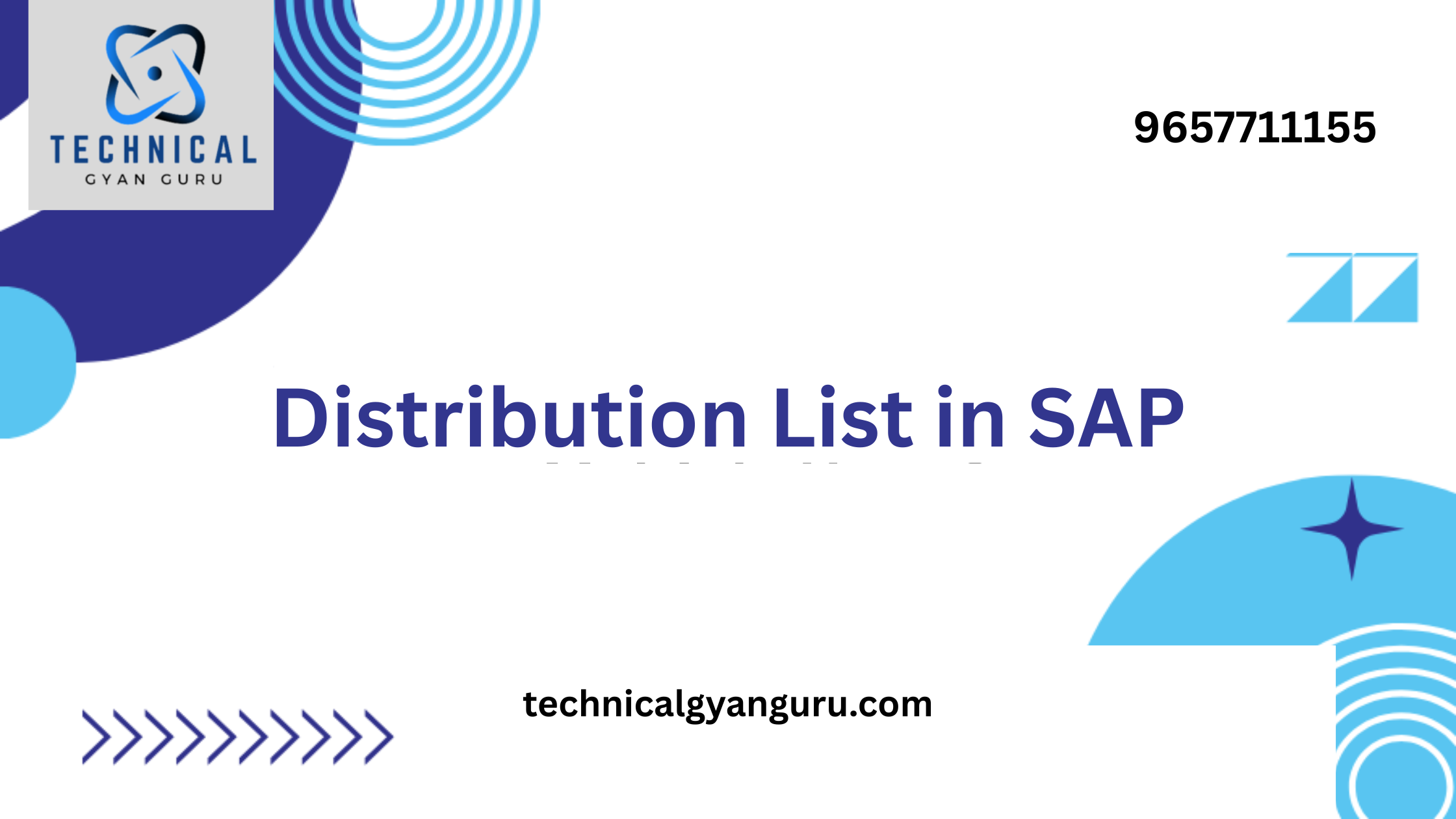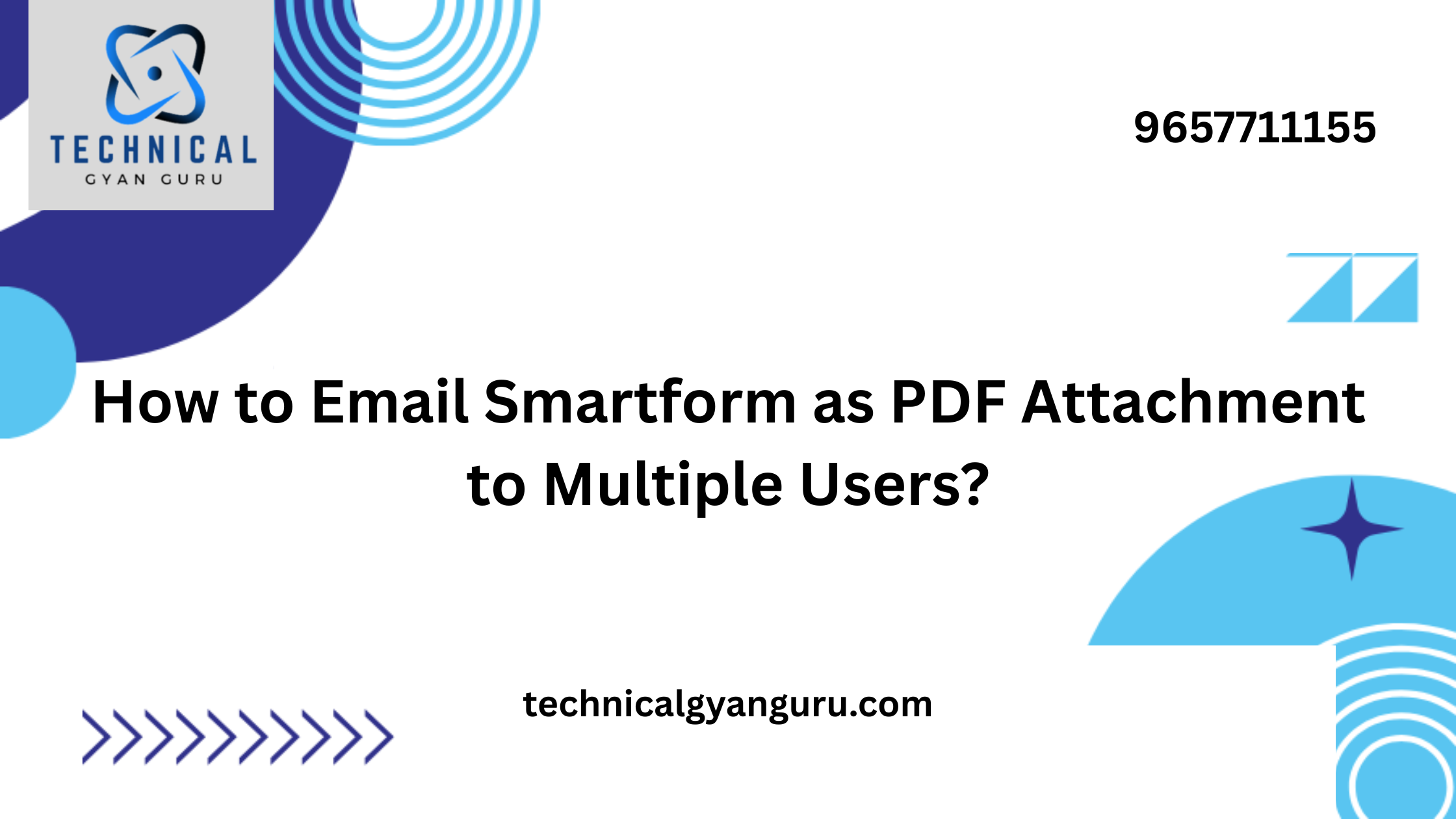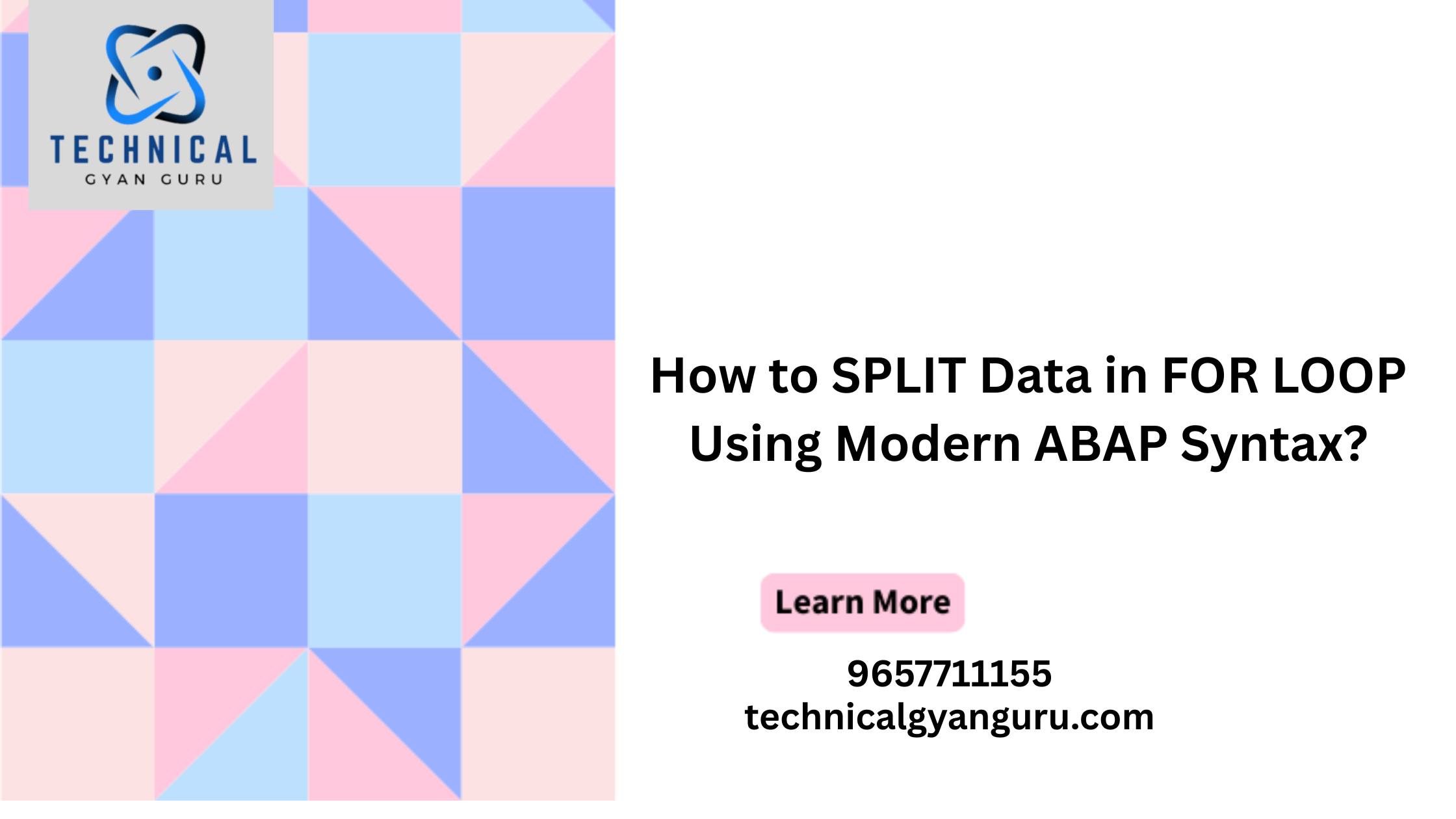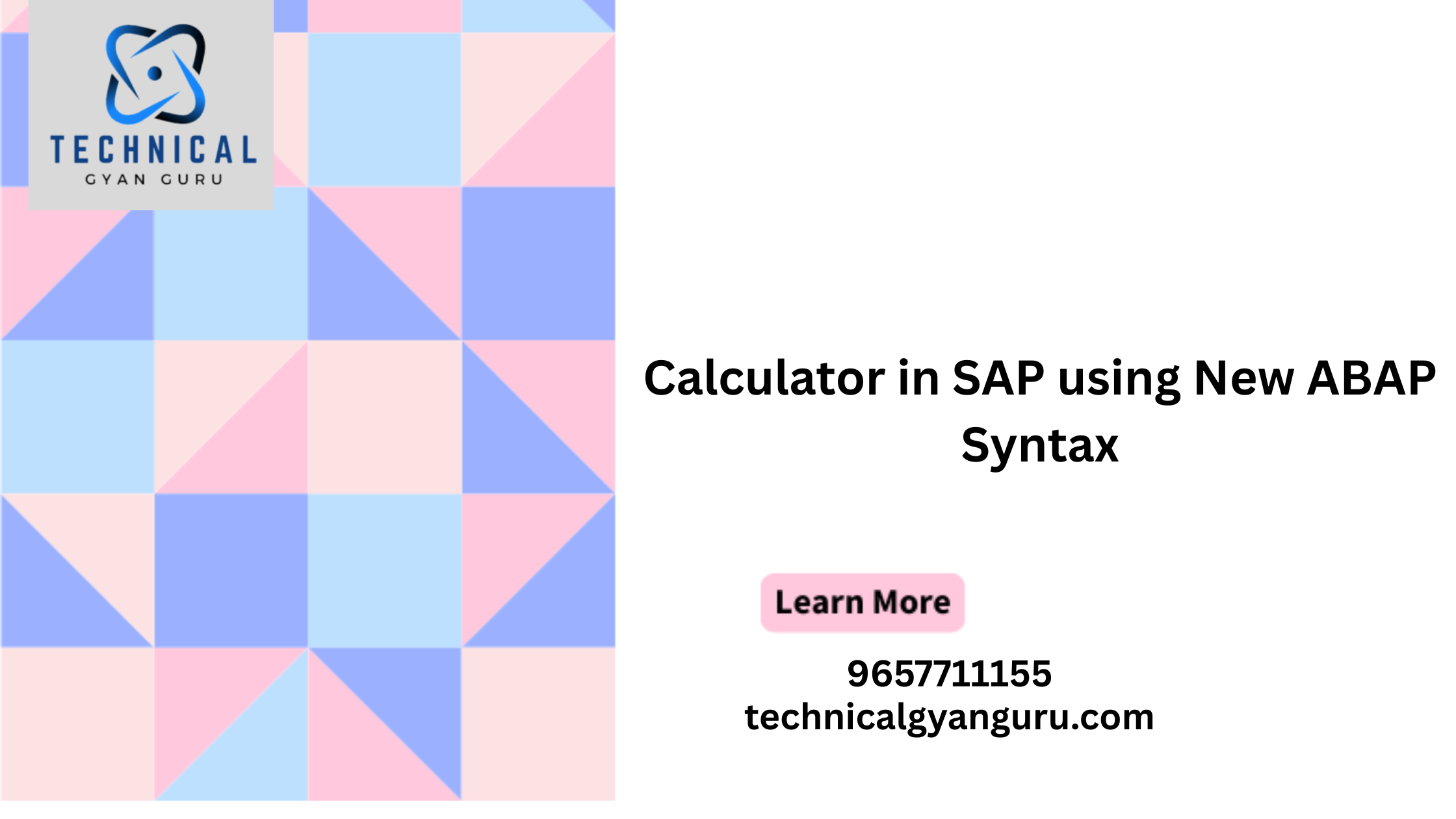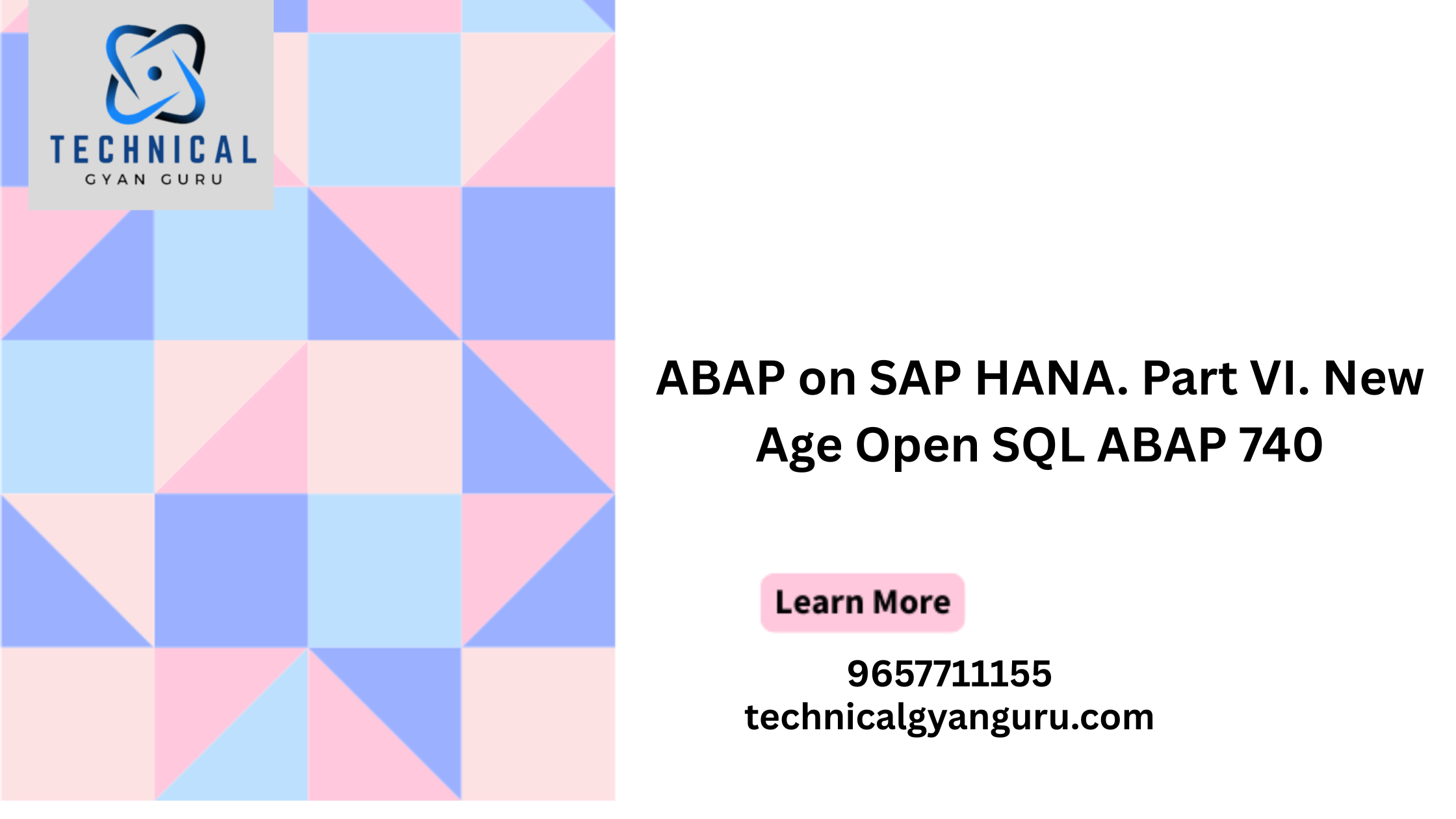Introduction: SAP LE Transaction Codes
SAP LE Transaction Codes: In the realm of SAP (Systems, Applications, and Products) software, Logistics Execution (LE) stands out as a critical module that orchestrates various logistics and supply chain processes. To efficiently navigate and manage these operations, SAP LE provides a set of transaction codes that serve as shortcuts to specific functionalities. In this blog, we will explore essential SAP LE transaction codes, providing users with a guide to streamline their logistics and supply chain activities.
1. VL01N – Create Outbound Delivery:
VL01N is a transaction code that allows users to create outbound deliveries in SAP LE. It is a key step in the logistics process, enabling the creation of delivery documents for goods to be shipped to customers.
2. VL02N – Change Outbound Delivery:
Once an outbound delivery is created, VL02N becomes instrumental in making any necessary changes. Users can use this transaction code to modify, update, or correct information related to outbound deliveries.
3. VL03N – Display Outbound Delivery:
For a comprehensive view of outbound delivery details, VL03N is the transaction code to use. It provides users with a read-only display of outbound delivery information, facilitating quick access to critical data.
4. LT03 – Create Transfer Order:
In the SAP LE context, transferring goods between different storage locations is a common operation. LT03 is the transaction code used to create a transfer order, specifying the quantity and destination for goods movement within the warehouse.
5. LT12 – Confirm Transfer Order:
After creating a transfer order, LT12 comes into play for confirmation. This transaction code is used to confirm the execution of a transfer order, indicating that the goods have been physically moved as per the order.
6. VL31N – Create Inbound Delivery:
Similar to VL01N for outbound deliveries, VL31N is used to create inbound deliveries in SAP LE. It is a crucial step in managing the receipt of goods into the warehouse.
7. VL32N – Change Inbound Delivery:
To accommodate changes or updates to inbound deliveries, VL32N is the transaction code to utilize. It allows users to modify information related to incoming goods.
8. VL33N – Display Inbound Delivery:
For a detailed and read-only view of inbound delivery information, users can use VL33N. This transaction code offers a comprehensive display of details related to incoming goods.
9. LT21 – Create Storage Bin:
Effective warehouse management often involves creating storage bins for organized storage. LT21 is the transaction code used to create storage bins within a warehouse, specifying their locations and capacities.
10. LT22 – Create Transfer Order from Stock:
When there is a need to move goods within the warehouse directly from stock, LT22 is the transaction code to create a transfer order. It streamlines the process of transferring goods without the need for a separate delivery.
Conclusion:
The Logistics Execution module in SAP is pivotal for managing and optimizing supply chain and warehouse operations. SAP LE transaction codes serve as the navigational tools that enable users to perform specific functions efficiently. Whether creating outbound deliveries, managing transfer orders, or handling inbound deliveries, these transaction codes play a crucial role in the seamless execution of logistics processes within SAP. As organizations strive for logistics excellence, a solid understanding of these transaction codes becomes an essential asset for those navigating the intricate landscape of SAP Logistics Execution.


